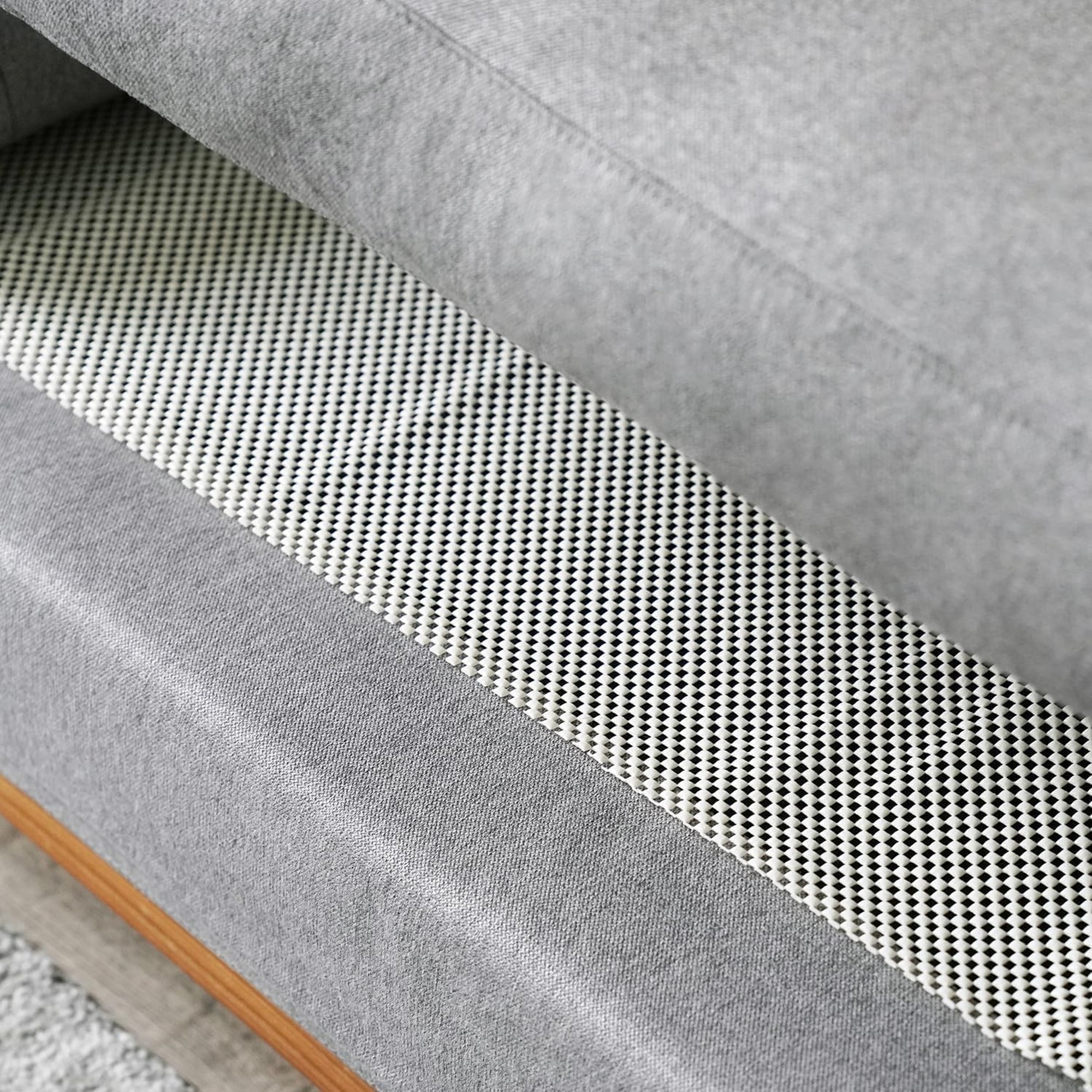How to stop sofa cushions from sliding – 4 ways to keep your living room seating in place and looking neat
Are your sofa cushions regularly sliding off? This is how to help them stay put

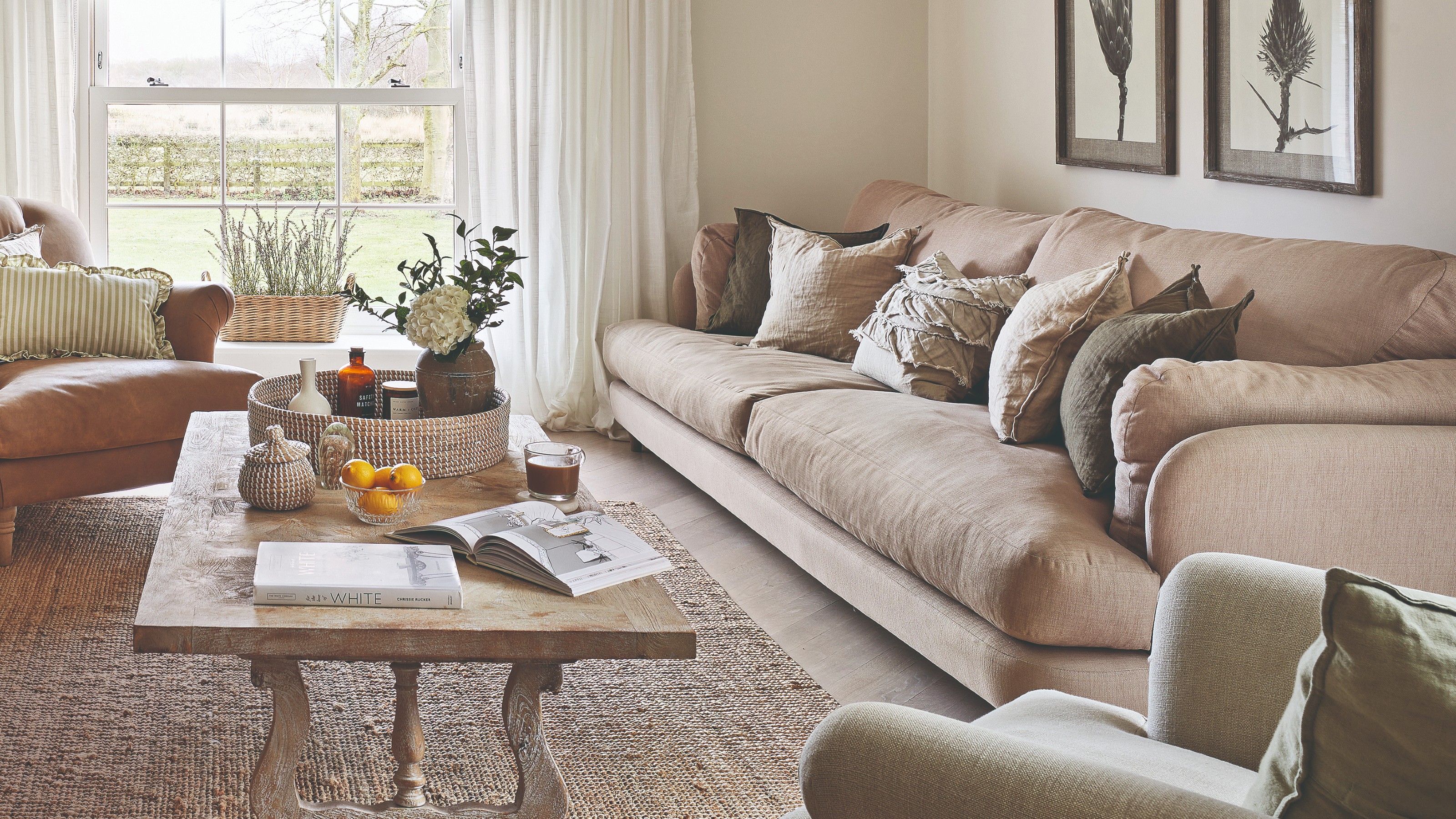
If your sofa has soft and plump seat cushions that aren't attached to the main body of the sofa you might be familiar with the issue of having your sofa cushions regularly sliding out of position. The result? A messy look and a far-from-comfortable experience when sitting on the sofa. But all of this can be avoided if you know how to stop sofa cushions from sliding – which is where our guide comes in.
If you've invested in the best sofa for your home, the sofa cushions really shouldn't be sliding off the base, but that doesn't mean it doesn't happen. So we spoke to several sofa experts who know how to stop and prevent this from happening to keep your sofa looking neat and tidy – no more sofa cushion migration.
Why do sofa cushions slide off?
Before getting to these living room sofa ideas, it’s worth getting to understand why you’re facing the issue of sliding sofa cushions. Victoria Foster, interior stylist at ScS, sheds some light on this.
‘Sofa cushions slipping off can happen when there is a lack of friction between the sofa and the cushions. Typically the thread or texture of the fabric will create friction when pressed against each other preventing the cushions from being able to slide, however with less coarse materials, this is sometimes not the case.’
She adds, ‘To prevent the cushions from slipping off it's important to create a layer of friction between the base and the cushions.’
And these are the 4 most effective ways to help you achieve this.
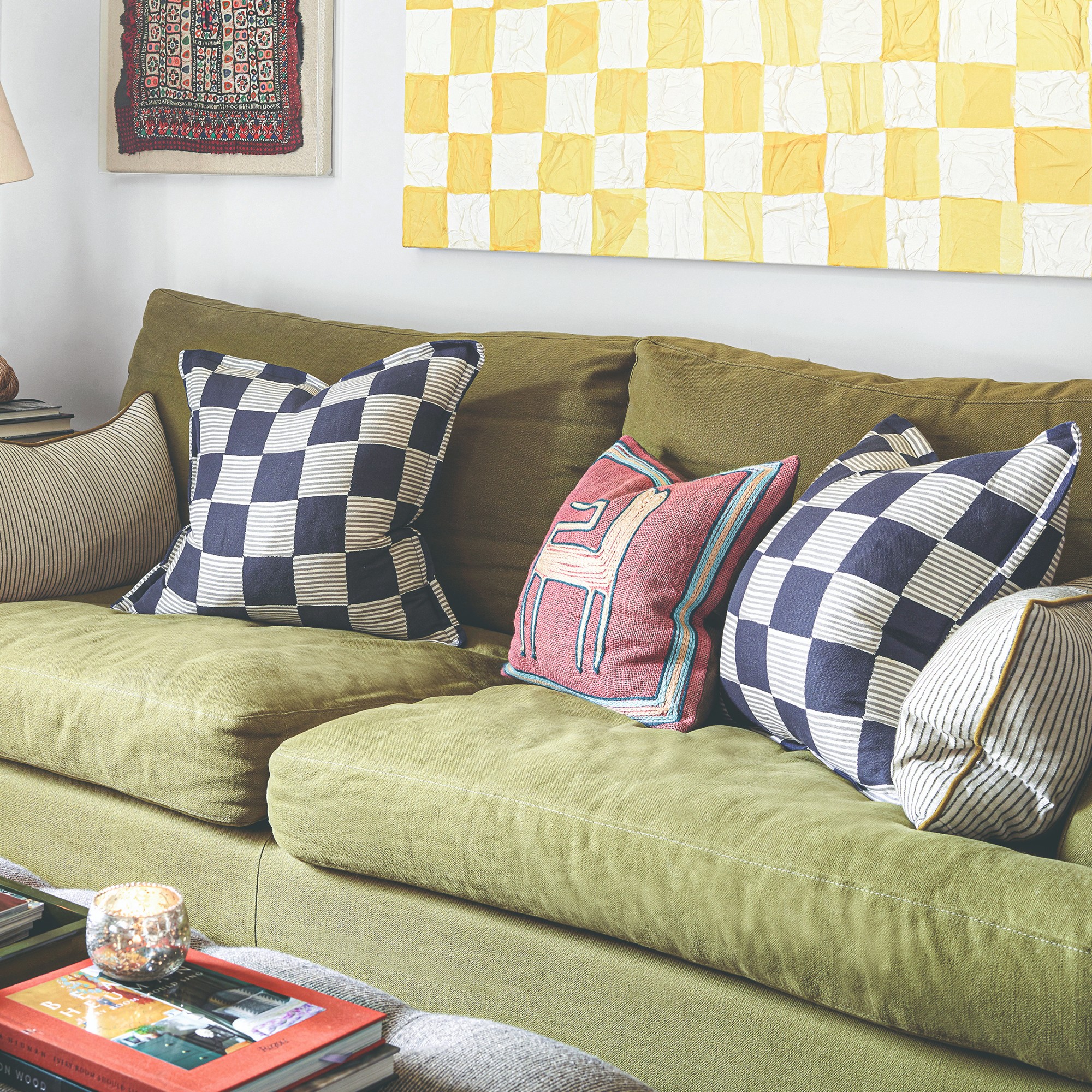
1. Regularly tuck and plump the cushions
Before we get into the tools and accessories that you can invest in to help your sofa cushions from slipping, it’s worth regularly doing a tuck and a plump up of your sofa cushions - as that alone will considerably improve the situation, especially if the sliding is not that extreme.
Sign up to our newsletter for style inspiration, real homes, project and garden advice and shopping know-how
‘Slipping sofa cushions can be an annoyance and prevent you from feeling comfortable and relaxed,’ says Stephany Aubrey, brand specialist at Zinus. ‘To avoid the slip from happening, ensure that you are regularly tucking and plumping the cushions, this can help with the overall comfortability of the sofa experience as well as the aesthetic.’
John Darling of Darlings of Chelsea adds, ‘Most fabric cushions will stay put as long as they're plumped regularly and repositioned weekly.’
2. Add non-slip pads to the base
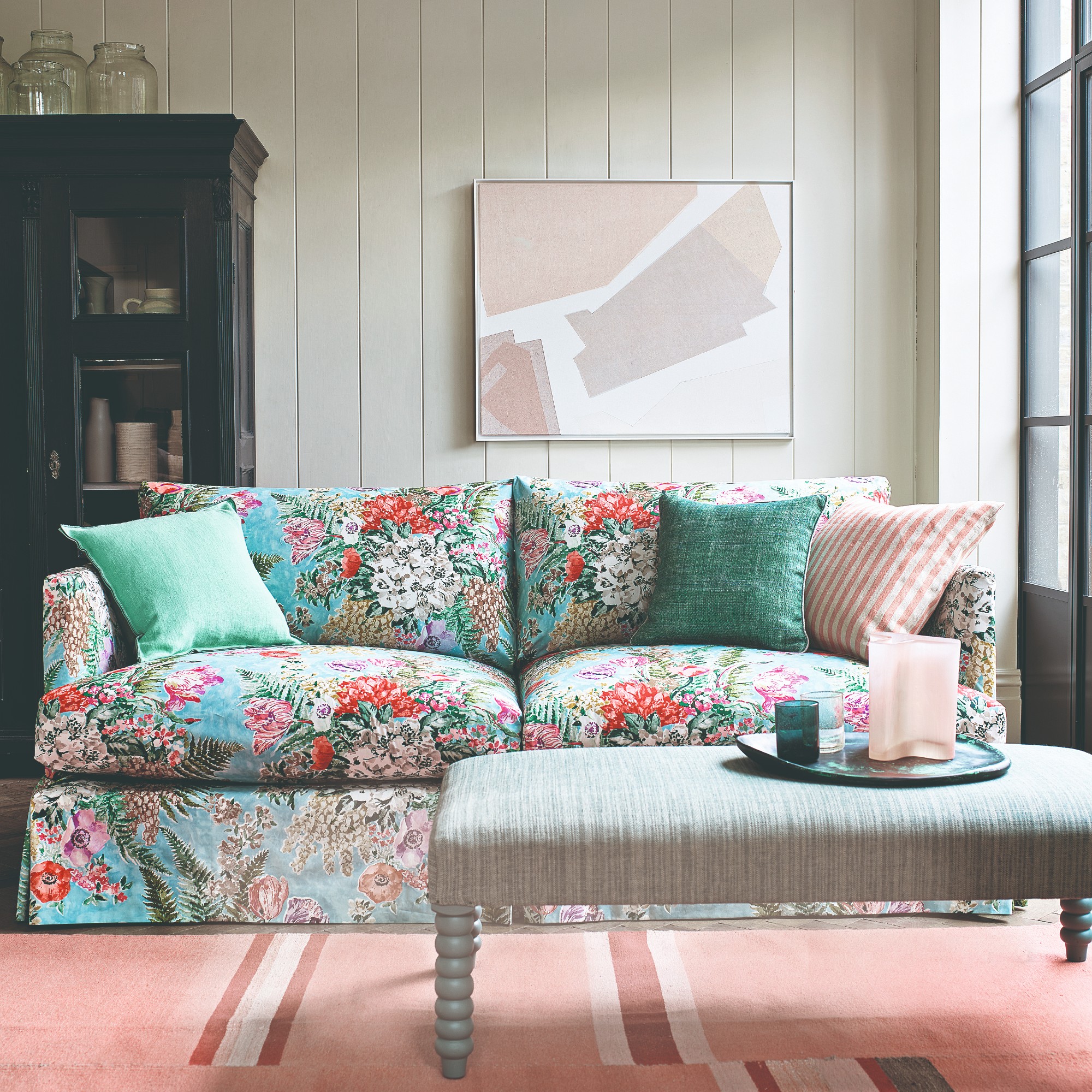
One of the most recommended ways to stop your sofa cushions from budging is laying down a non-slip pad on top of the sofa base and arrange the sofa cushions on top.
‘Using non-slip pads under your sofa cushions is the easiest way to keep them in place and prevent movement,’ John starts.
Victoria continues, ‘I’d recommend adding non-slip pads under the cushions as they don’t cause damage to the fabric and allow you to flip and rotate your sofa cushions as you normally would. Either invest in specifically designed anti-slip sofa pads, or if you already have rug grippers, these work just as well. If you have numerous pieces of furniture you want to apply this to, purchasing a roll of non-slip material that can be cut to the perfect size may be the best option.’
3. Put anti-slip covers on your sofa cushions
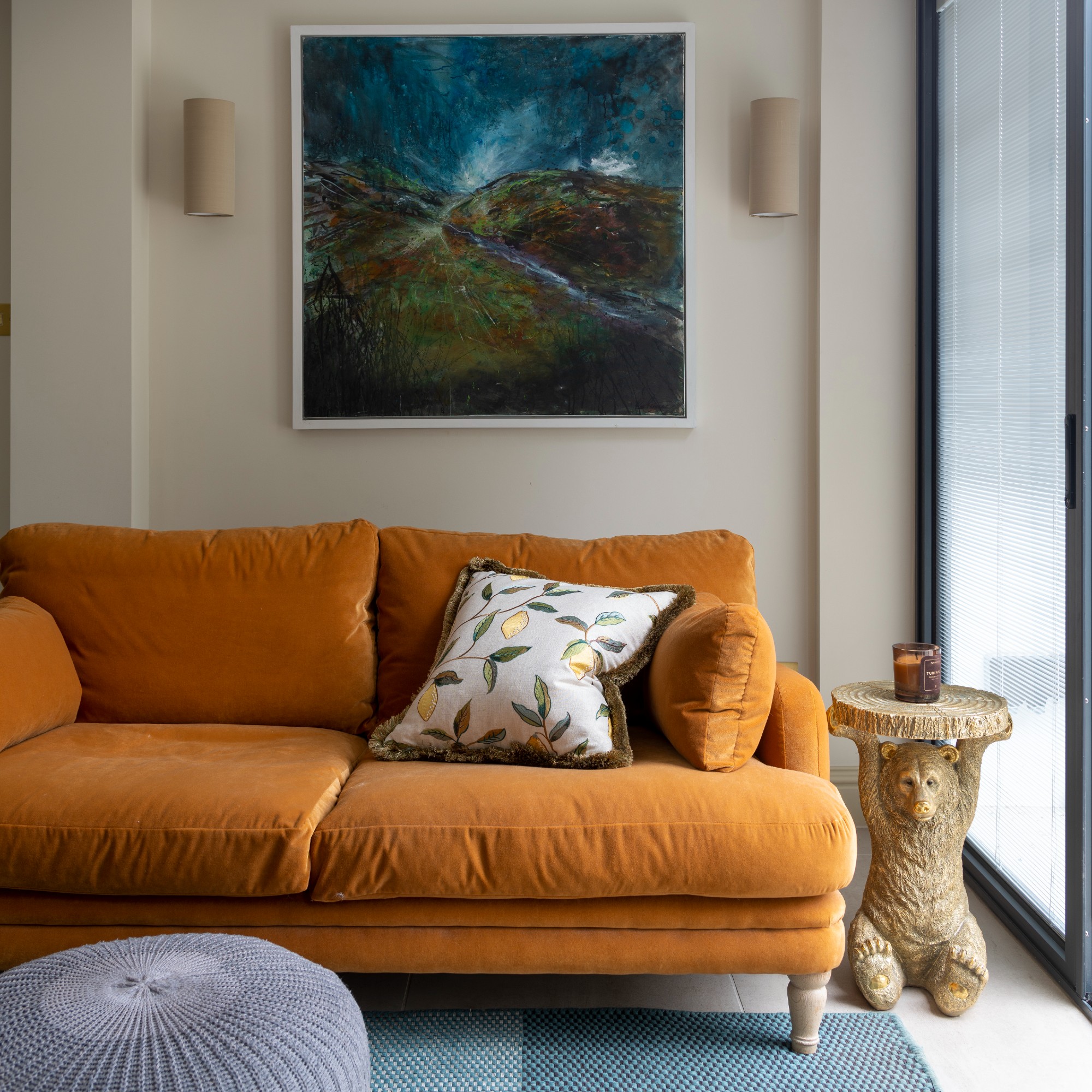
Sofa cushion covers are often used mostly to prevent the sofa from getting dirty or damaged, keeping the cushions safe from spillages, children and pets. But cushion covers can also be applied to keep the sofa cushions from moving and slipping.
‘Anti-slip sofa covers are a non-invasive option, they typically have a non-slip backing which prevents the cushions from sliding and are a great option if you have pets or children as the covers can be placed in the washing machine,’ Victoria says.
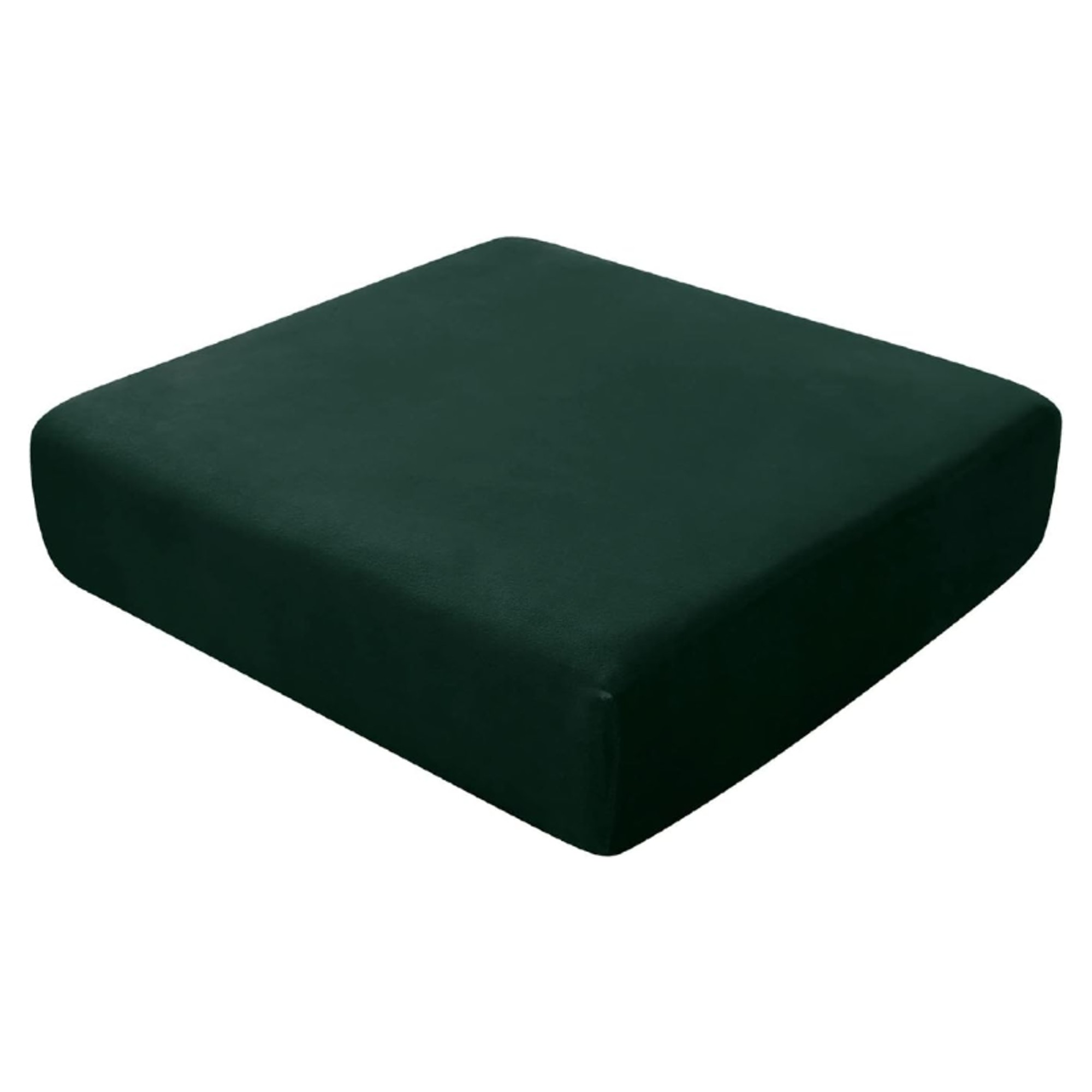
There are many different sofa cushion slipcovers available on the market. And the one you'll choose will largely depend on the design and material of your sofa. But if you're looking for one with a velvet finish then this one from Amazon is not only extremely budget-friendly - it also comes in a wide array of colours to choose from and match with your living room decor.
4. Affix velcro strips to the bottom
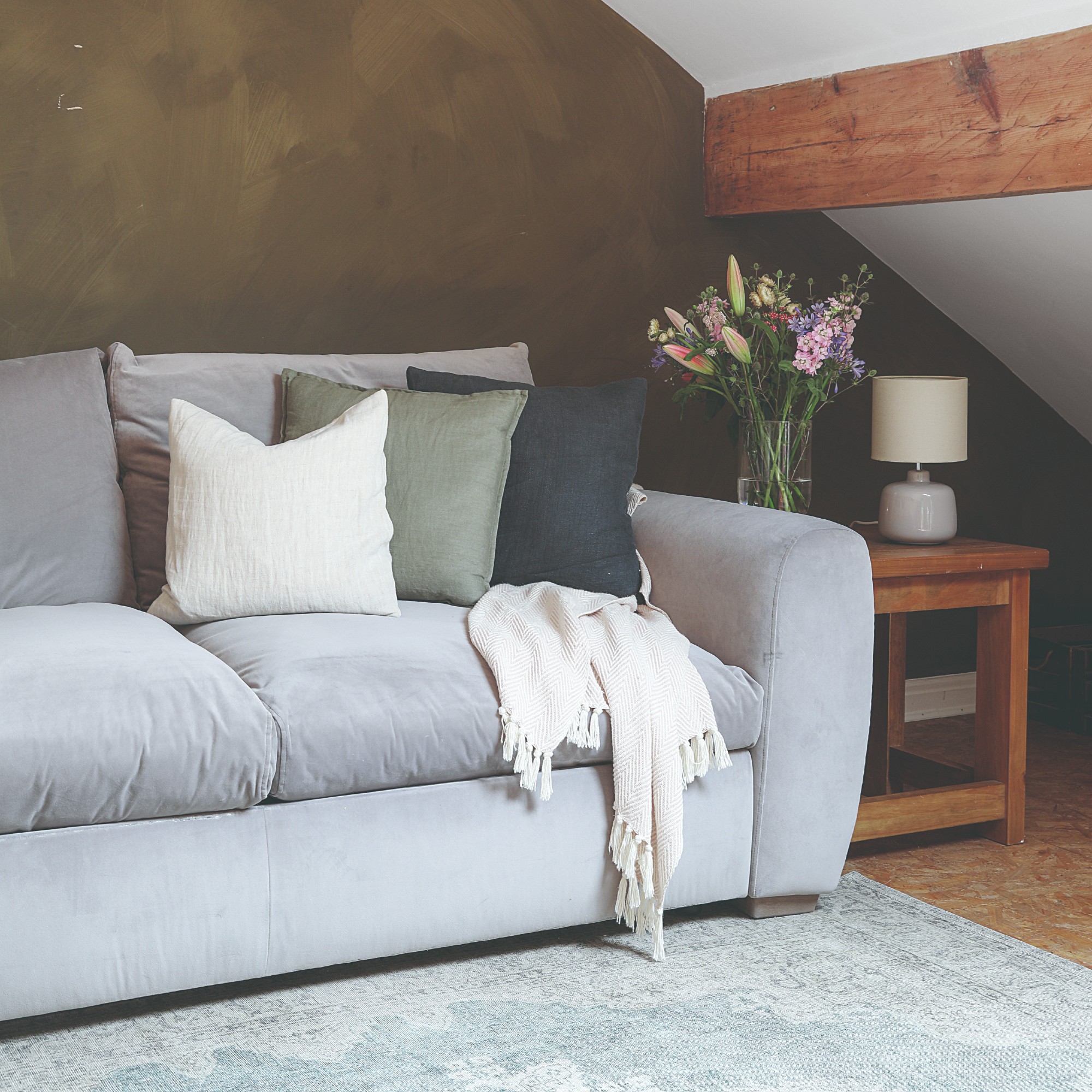
‘Sofa cushions shouldn't slide,’ says Kelly Collins, interior designer and head of creative at Swyft. If they are sliding, it usually means that the lining fabrics are too slippery. The best solution is to use velcro. It's an inexpensive and quick fix.’
The velcro strips can either be sewn onto the base of the sofa and the bottom of the cushion or many of them can also just be stuck on, much like the ones from amazon below.
'One effective method we use is adding a strip of velcro to the underside of the seat cushion and the corresponding area on the frame base,' confirms Monika Puccio, head buyer at Sofa Club. 'This ensures that the cushion stays securely in place without compromising comfort or style.'
But Victoria at ScS warns about one downside of this method, ‘Whilst affixing velcro to the underside of your sofa cushion and the inside of your sofa will also do the trick, I wouldn’t recommend this option as this will prevent you from being able to flip and rotate your cushions. Regularly flipping and rotating your cushions is recommended to restore their plumpness and structure and to help distribute wear and tear.’
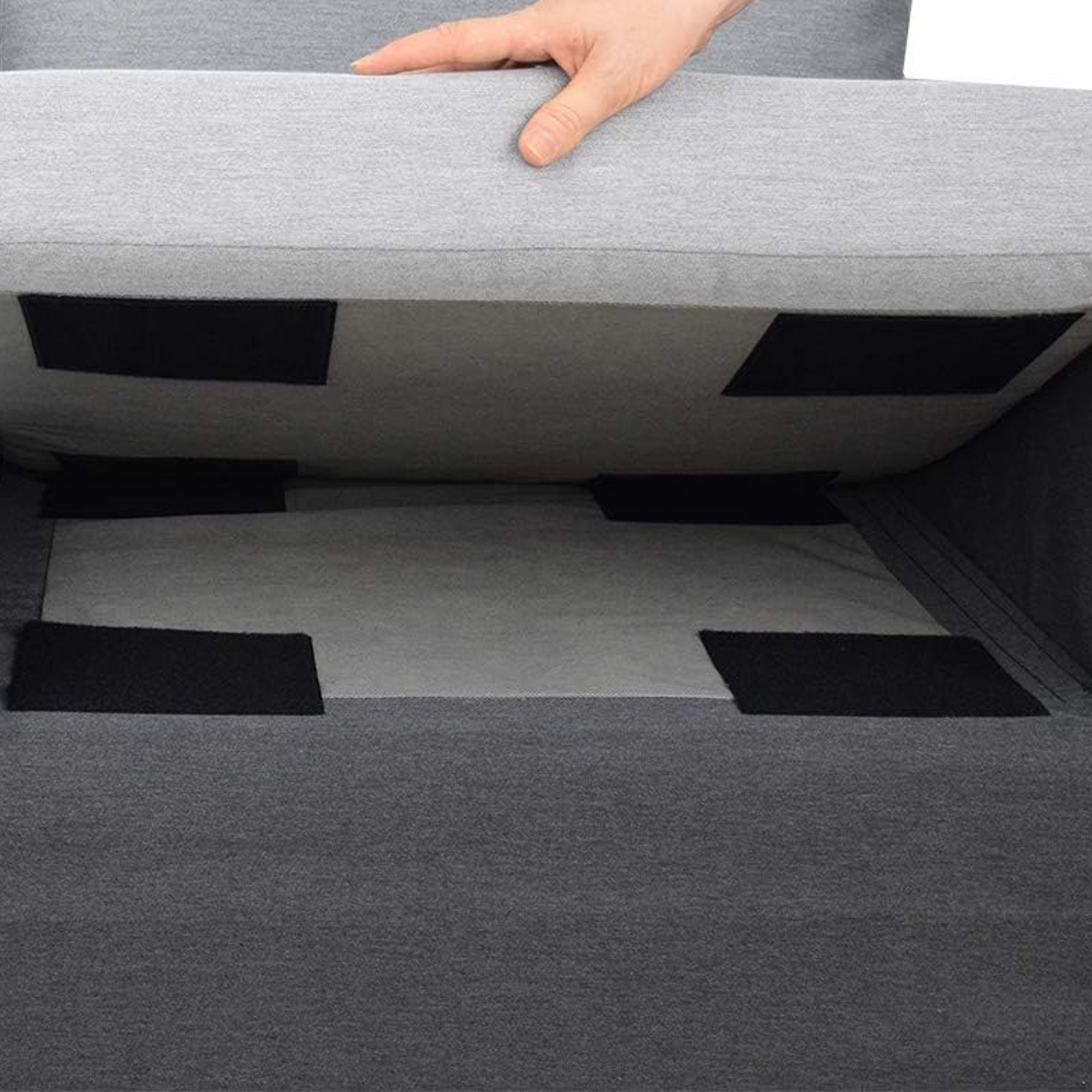
With more than 50 units sold in the last month and over 120 five-star reviews, we're trusting these velcro strips and their ability to keep sofa cushions in place. As already mentioned, you don't need to get your sewing kit out for this one as these strips simply stick to the sofa base and the underside of the cushions. So easy!
We bet that any one of these solutions will stop your sofa cushions from budging even the slightest bit, let alone slide down.

Sara Hesikova has been a Content Editor at Ideal Home since June 2024, starting at the title as a News Writer in July 2023. She is now also the Ideal Home Certified Expert in Training on Furniture, and so far has tested over 150 different sofas.
Graduating from London College of Fashion with a bachelor’s degree in fashion journalism in 2016, she got her start in niche fashion and lifestyle magazines like Glass and Alvar as a writer and editor before making the leap into interiors, working with the likes of 91 Magazine and copywriting for luxury bed linen brand Yves Delorme among others.
